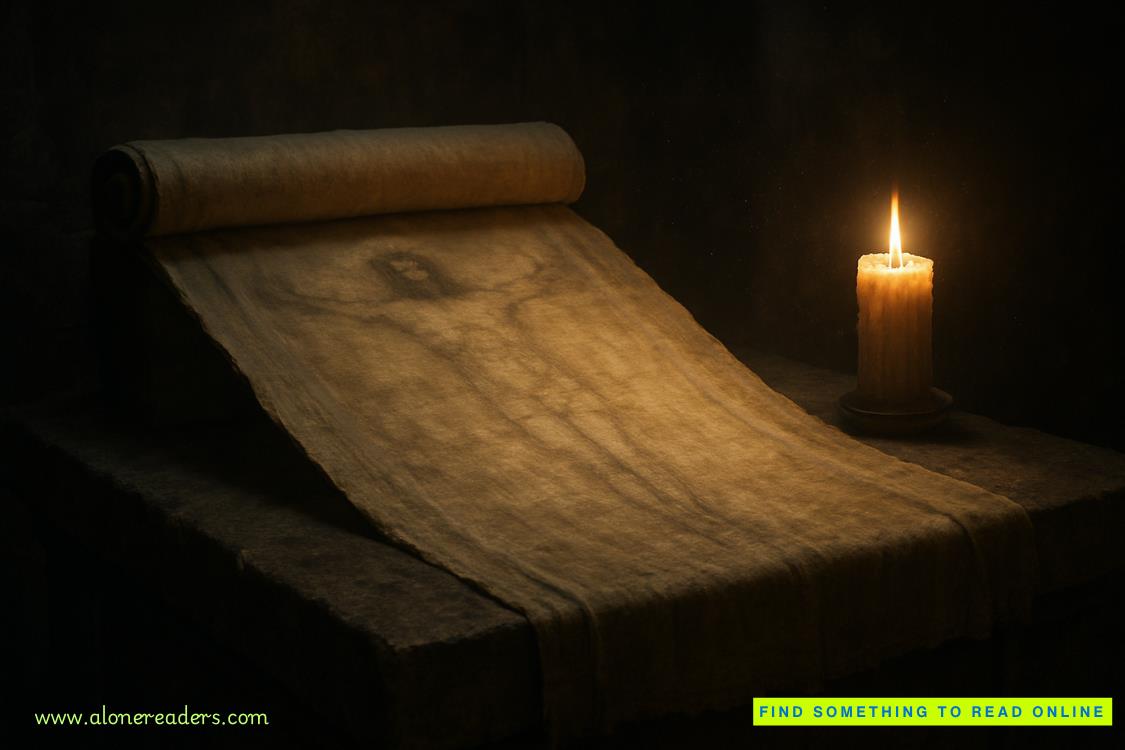Page 33 of Skin and Bones
“…and the Fresnel lens, installed in 1925, can be seen up to twenty-one nautical miles in clear conditions,” she said. “Now, if you’ll follow me inside, we’ll begin our ascent. Please stay together, and remember there are 167 steps to the top.”
“Goodness gravy,” Bea said loudly. “I stopped doing steps in the eighties when I threw my StairMaster to the curb. I’ll stay down here.”
Deidre rolled her eyes. “I guess I’m going up.”
“Any idea where in this tower Elizabeth might have hidden something?” Dash whispered as we filed in behind the others. “That’s a lot of ground to cover.”
I shook my head, the enormity of our task suddenly daunting. “Her diary just said ‘in the lighthouse.’ We’ll have to search every level without looking like we’re searching.”
The interior of the lighthouse was cool and dim, with whitewashed brick walls and a spiral staircase that wound upward along the curved interior. Mrs. Collins led us upward, stopping periodically to share historical tidbits while I frantically scanned each level for any sign of a hiding place.
The base level contained the original keeper’s quarters, now converted into a small museum with glass display cases and educational placards. Nothing here seemed likely—too public, too frequently disturbed by renovations and visitors.
“The keeper’s quarters were modernized in 1952,” Mrs. Collins explained, confirming my suspicions. “Very little of the original structure remains in this section.”
We began our climb up the spiral staircase, the steps worn smooth by generations of keepers’ boots. My dress suddenly felt conspicuous against the weathered brick and rusted metal, its deep pockets weighted with purpose. Every whisper, every footstep echoed against the curved walls, magnifying my anxiety.
The second level housed the oil storage room—a small circular chamber with the original storage tanks now serving as additional display cases.
“This is where they kept the whale oil, and later kerosene, that fueled the light,” Mrs. Collins explained. “During renovation in 1985, workers found newspapers from 1879 stuffed between these walls for insulation.”
I exchanged a glance with Deidre. Elizabeth had been a history major—would that detail have caught her attention? But the renovation predated Elizabeth’s death by over a decade. Whatever she’d hidden, she’d done it after this space had been restored.
As we moved up to the third level—a watch room with logbooks under glass—I felt my nerves start to fray around the edges. We’d already covered two levels with no luck, and Mrs. Collins was keeping a brisk pace. The group would reach the top before we had any chance to search thoroughly.
“The watch room is where the keeper would maintain detailed records,” Mrs. Collins was saying. “Weather conditions, ships passing, any distress signals…”
Something about her words triggered a memory. Elizabeth’s cryptic warning from her diary about choosing a hiding place no one would suspect echoed in my mind.
“Mrs. Collins,” I asked, trying to sound like a casual tourist, “when was the last major renovation of this lighthouse?”
“The most extensive work was completed in 2002,” she replied. “Though there were plans being discussed as early as 1995. Budget issues delayed the start for several years.”
1995—the year before Elizabeth died. She would have known renovations were coming. She’d have chosen somewhere that would remain untouched…
“Now, if you’ll follow me,” Mrs. Collins continued, “we’ll head up to the mechanical room, which houses the original clockwork mechanism that once rotated the light.”
As we climbed the increasingly narrow staircase to the fourth level, something clicked into place. Elizabeth’s internship had been with the Observer and she’d been working on a story about island development—which meant research into construction, contracts, funding. She would have seen the renovation plans. She would have known which parts of the lighthouse were scheduled to be preserved rather than restored.
“It’s in the mechanical room,” I whispered to Deidre as we reached the landing. “Elizabeth would have known it was the one section they planned to preserve intact as a historical exhibit.”
Deidre’s eyes widened in understanding as we entered the mechanical room—a larger space dominated by massive brass gears and clockwork that once rotated the powerful lens above. The air here felt different—thick with dust and the metallic tang of old machinery.
“This magnificent mechanism—” Mrs. Collins gestured to the imposing brass assembly, “—is completely original to the 1879 construction. It was considered such a marvel of engineering that the renovation committee specifically voted to preserve it exactly as it was.”
That was it—this room had remained untouched even during renovation. The perfect hiding place for something you wanted to remain undisturbed for years. Most of the crowd was winded now that we were on the third floor, and no one seemed to care too much about the historical significance of the machinery.
Dash caught my eye from across the room and gave an imperceptible nod toward Mrs. Collins. On cue, he spoke up.
“Excuse me, Mrs. Collins,” he called out, his voice carrying above the general murmur. “I’d read on one of the Grimm Island history plaques downstairs that in 1911 the hurricane waters got so high and were so strong it broke out one of the windows in the lantern room. Is that even possible?”
Mrs. Collings looked delighted at the question and she said, “Let’s go up and take a look, shall we?”
There were some murmured groans from some of the other tourists as they started up the stairs to the lantern room, and I spied a few people sneaking away from the group and going back down to the bottom floor.
Deidre and I eased our way to the far corner of the mechanical room, putting deliberate distance between ourselves and the tour group.
“The clock’s ticking,” Deidre whispered.















